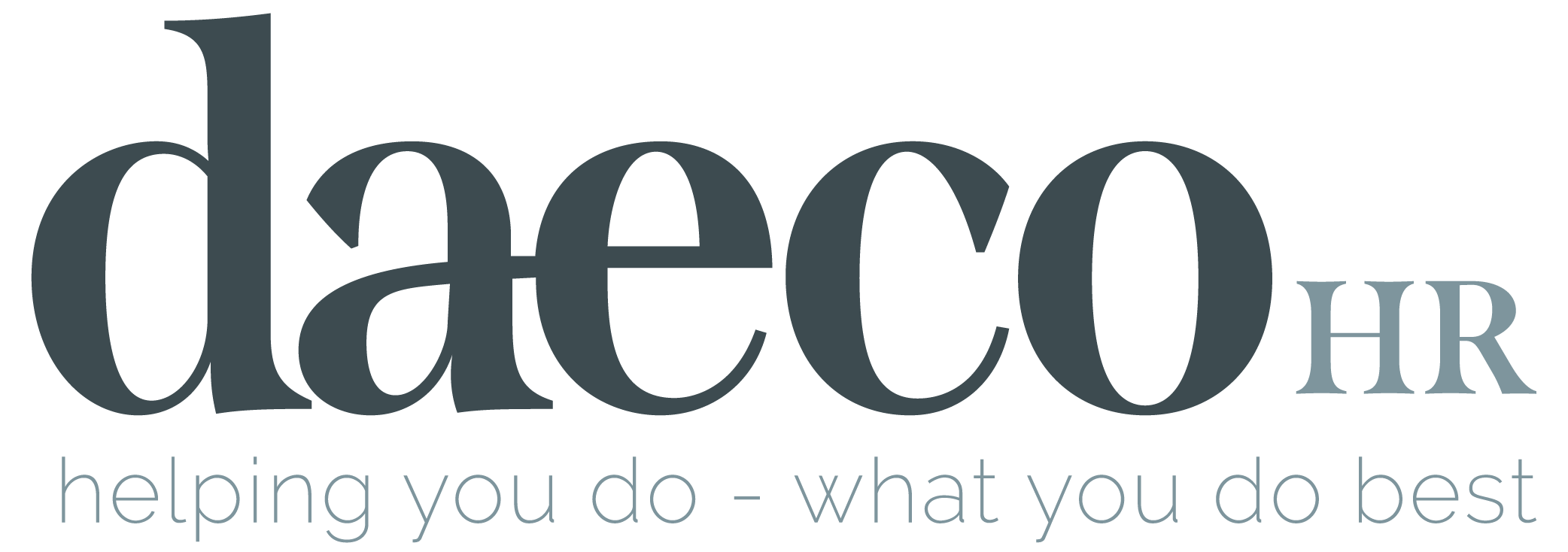The quality of your staff can depend on how well you’re selling your conmpany to your prospects. The article we found here says that managers don’t always make great salespeople and can have a hard time “closing” a good candidate. To make sure our businesses are filled with great, hardworking people we need to arm our managers with all the information to close the deal. Read on to get some tips in tricks on using comparison offer sheets to get the job done.
Most managers are not particularly good “salespeople” when it comes to “closing” candidates. Smart recruiting managers therefore provide their hiring managers with the tools necessary to improve their “closing” success rate. One excellent tool that can dramatically help managers improve their sales “approach” is a comparison offers sheet.
What is a comparison offer sheet? A comparison offer sheet is a side-by-side comparison (in a one-page spreadsheet format) of the offer that the manager will make to a specific candidate with the most likely “opposing” offers from your firms closest talent competitors. By making it easy for managers to see (side by side) in what areas that “our” offer is clearly superior, you allow a manager to make a more “educated” sales pitch when they are talking to the candidate. A comparison offer sheet is a simple one- or two-page side-by-side comparison between your offer and the “probable” offers a candidate may receive (or anticipate) from a competing firm. Industry leaders like Cisco and Agilent Technologies have used this practice, but it can be easily adapted to any situation. The competing offers are generally compared on several factors on a single page spreadsheet.
Areas to Compare Some of the typical comparison areas include:
Economic
- Base salary (including projected annual increase opportunities)
- Bonus potential (both the percentage and total amount can be compared). Actual bonus amounts (average or top) that others have received can also be included.
- Stock options and/or stock purchase plans (Sometime projections of potential stock growth are also included)
- Benefits comparisons (Including heath plans, 401k, retirement, vacation, educational assistance etc.)
Work/Life Balance
- Flexible scheduling opportunities (sometimes they are presented with the probabilities and the actual opportunities that have been identified for this particular position)
Job and Learning Opportunities
- Advancement and lateral opportunities (including where the top candidates can reasonably expect to be in 1-3 years)
- Opportunities to work with new technologies, exciting equipment, software etc.
- Growth and learning opportunities (including on-the-job training, mentoring and job rotations as well as formal training)
- Decision-making authority (including budget, equipment purchase selection of projects etc.)
- Opportunity for travel (or the reverse… limited travel) and relocation
- Project and team opportunities (including their first and likely second assignment)
- Chances to work with company leaders and visionaries (including actual examples or likely opportunities that a top candidate can expect)
About Our Products and Our Firm
- Market share and market dominance of the firm. To show that they will be working with industry leaders and trend setters
- Exciting products that are innovative and industry leading
Other
- A chance to make a difference (including areas where the work contributes to society and/or technological breakthroughs)
- Any other areas in which the firm has a clear superior advantage
- Other areas that candidates often inquire about
- Other areas were a competitor is obviously weak
How do you obtain the comparison from the information? Great recruiting functions are as much about competitive intelligence as they are about actual recruiting. There are several ways to identify what the competitors are including in their job offers. The best approach varies with the firm, your boldness, ethics, and the industry you are in – but some of the “out of the box” ways of gathering the information on offers include:
Candidates
- Asking candidates during their final interviews what the elements of a “great offer” are and what they expect to get from other firms
- Asking candidates that reject your offers what made the other offer superior and in what areas yours was superior or weak
New Hires
- Ask new hires for their “other” offer letters on their first day on the job. (Some pay up to $100 for each)
- As new hires which part of your offer was the weakest and what “almost” caused them to reject you
- Ask Boomerangs that have returned to your firm what the key factors were that caused them to leave and accept another job.
Hold focus groups/Do surveys
- Hold focus groups at trade shows, on campus and at job fairs. Ask people who are in the job search mode about what kind of offers they are getting
- Hold focus groups at trade shows and ask them to assist you in refining your offers
- Ask/survey all candidates about their decision criteria in order to identify the key areas in which comparisons should be made on the comparison spreadsheet
- Survey your own top performers and ask them what factors might cause them to consider leaving
Recruiters
- Ask your recruiters what “the grapevine” says that others are offering
- Ask executive search professionals (on retainer) to help you gather this information
- Hold post-exit interviews (3-6 months after leaving). Ask them what caused them to leave and what other firms offered that triggered them to go.
- Ask recruiters and compensation professionals that you have hired from competitor firms to validate your competitive intelligence information
Other
- Use industry and trade association survey information to determine what the average offer is in your industry.
Read the full article here.
